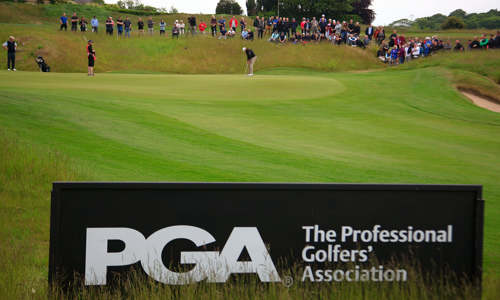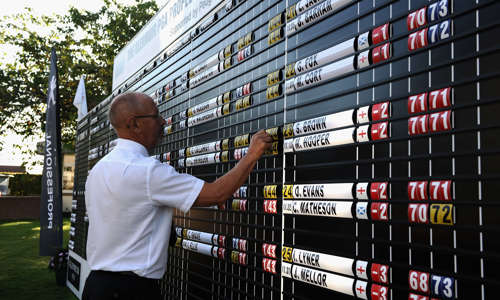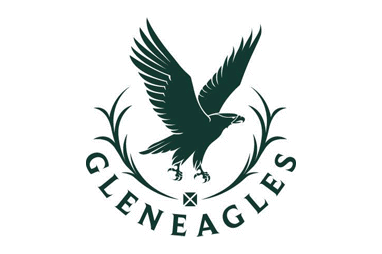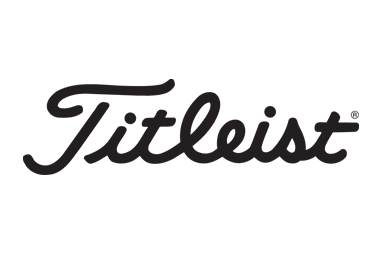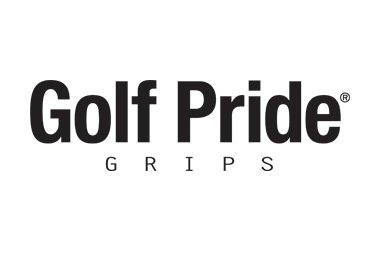PGA Sports Science Lecturer Lewis Clarke, MSc, is currently involved in a biomechanical research study into breast health and support in golf, in collaboration with The R&A, LET, and Professor Joanna Wakefield-Scurr at Portsmouth University.
As part of this, Clarke has undertaken a detailed survey of breast health. His investigation of ladies tour professionals has analysed the effectiveness and importance of wearing sports bras in golf, in relation to the golf swing. Although only midway through his doctorate, he reveals some startling findings.
Golf, as a female participation sport, has changed vastly in the last two decades. The numbers of women playing are booming, and it is no longer perceived as just a casual recreational hobby or pastime for older women. Golf now has a more athletic perception, like other sports, and is increasingly being played by younger generations, many choosing to turn professional and forge a career in the game. This new generation of female golfers are athletes. They train to perform. Yet, surprisingly, very few have considered the impact of the game on their bodies, especially in relation to breast health.
How many women playing golf actually consider the implications of wearing the wrong bra, or conversely, the benefits of wearing the right one?
It was an issue first brought to the attention of the Ladies European Tour and golf’s governing body, The R&A, by Lewis Clarke. He discovered a huge gap in research here and decided to embark on a professional doctorate himself to explore female golf biomechanics in further detail.
“We know a lot about breasts and bras for other sports, but no research had been conducted with female golfers before,” explains Professor Joanna Wakefield-Scurr. “So collaborating with Lewis Clarke was a great opportunity to discover more about the needs of female golfers.”
In fact, as Clarke started his doctorate, he discovered that literature on the subject was very limited. With a clear gap in the knowledge bank of female breasts and their effect on golf performance identified, he set about surveying tour professionals on bra usage and their sentiments towards breasts in the golf swing. He started by exploring the current evidence and research on bras and breasts for golfers. He then conducted a survey to assess the players’ perceptions and responses to bra issues in golf. The next stage of the project was to provide education to players and staff at events across the LET, the LPGA, and Access Series. Over 170 players were surveyed.
“One of the key findings is that golfers awareness and knowledge of breasts and bras is very limited,” Clarke admits. “Extremely poor, in fact, compared to other sports. Also, golfers uptake in sports bra usage is significantly lower than other sporting activities.”
However, on the positive side, the players who were screened by the breast health team did perceive that the breast and bra have an influence on their technique and performance, particularly in terms of their set-up fundamental and the backswing move.
“Getting fitted for a suitable sports bra was unanimously well-received,” he added.
The next stage of Clarke’s research is to examine in much greater detail the effects on technique and performance that wearing varying sports bras might have.
“We hope to use the information gained over the course of my professional doctorate to help not only female golfers, but also provide resources for PGA professionals to help them understand the unique challenges female golfers face with breasts and bras,” he concludes.
The one thing that seems certain is that with a new bank of research available, women will most certainly be able to make a more educated decision on whether to wear a sports bra or not to play golf, and why they should. So, there’s no doubt that Clarke’s research will be invaluable in shaping the future of the women’s game.
To find out more about the research, watch the video below.




